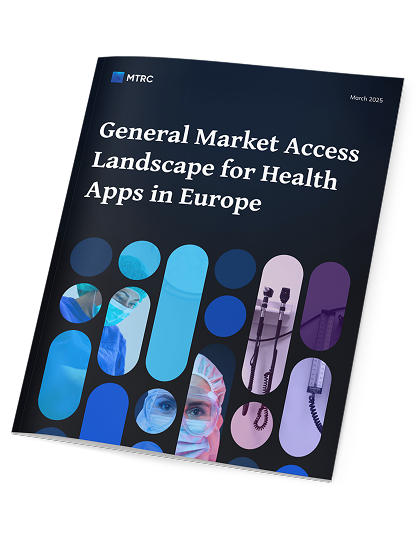
Health apps are becoming an essential part of healthcare delivery by improving chronic disease management, remote monitoring, and patient engagement. However, reimbursement systems for health apps vary significantly across Europe, with many countries still in the early stages of establishing dedicated frameworks.
Our latest White Paper provides a structured overview of the reimbursement landscape for health apps in three major European countries: England, France, and Germany. It explores the administrative and regulatory frameworks, reimbursement mechanisms and health technology assessments available to digital health technologies across different care settings. Illustrative case studies on myCOPD, MyDiabby, and Vivira provide real-world examples of how health apps have navigated complex national systems to obtain reimbursement.
The publication outlines key insights such as:
- The absence of a national reimbursement framework in England and the important role of local commissioners and NICE programs in app adoption;
- The implementation of a structured reimbursement pathway via the LATM list in France, including brand-specific and generic registration options, and early access schemes for innovative technologies like PECAN;
- The DiGA Fast-Track pathway in Germany offers a formal, evidence-based process for establishing reimbursement for health apps.
This White Paper is intended to support digital health innovators and market access professionals in understanding and navigating the evolving reimbursement environment for health apps in Europe, enabling them to develop effective strategies for market entry and scale.
Request White Paper
Request an analytical White Paper and advance your understanding of European market access for the health apps
